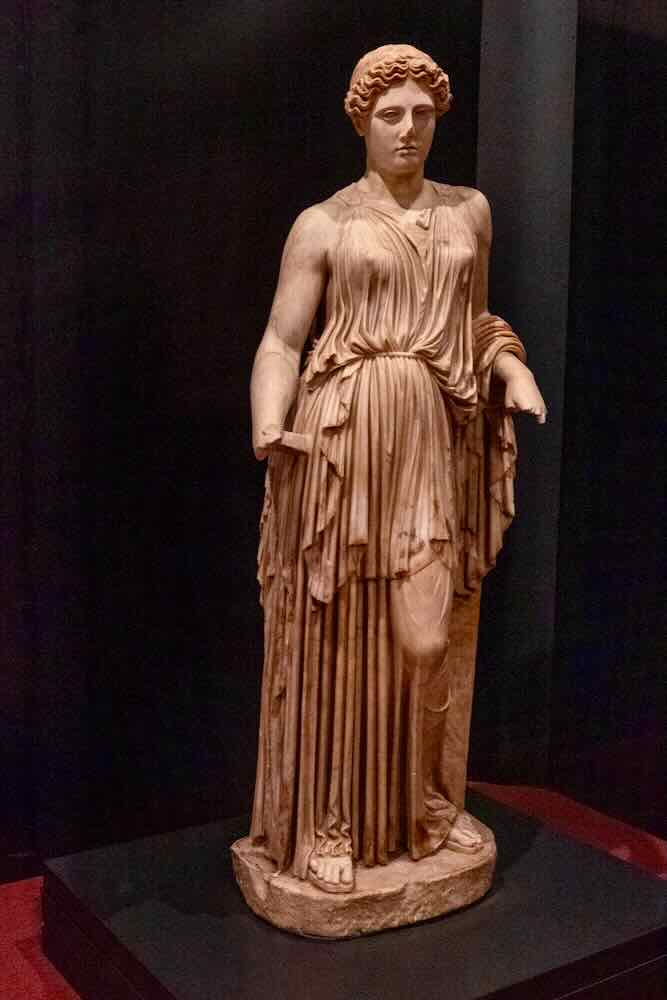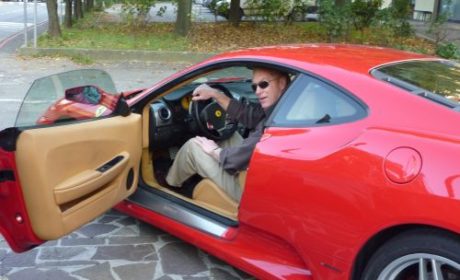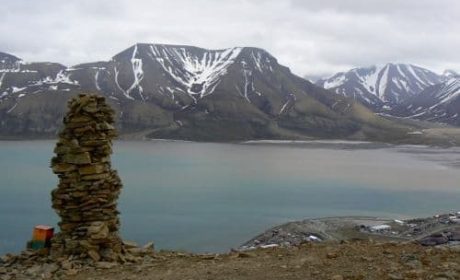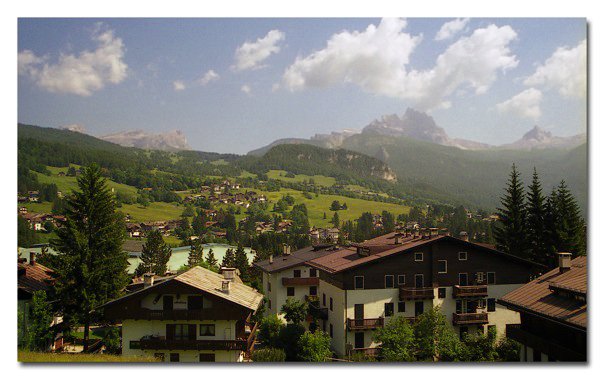Is a trip to Pompeii and Herculaneum on your bucket list? Should you visit both? Is one better than the other? What’s the difference between Pompeii and Herculaneum?
Debi Lander of ByLanderSea recently traveled to these famous archaeological sites in Italy. Read about her experience, the differences between Pompeii and Herculaneum, and tips for planning your trip.
Most boomer travelers have heard about the catastrophic volcanic eruption of Mount Vesuvius in 79 AD. The explosion buried the city of Pompeii in southern Italy. However, many do not understand the series of events or what happened to the nearby town of Herculaneum.
Pompeii and Herculaneum were thriving Roman towns located near the Bay of Naples. Both towns were inhabited by around 20,000 residents, living their daily lives unaware of the impending disaster.
Pompeii prospered as a hub of commerce with bustling streets, colorful markets, and buildings with exquisite art. Contrary to common belief, Pompeii was not destroyed by lava but by a deadly combination of ash, gases, and debris.
Small and lesser known, Herculaneum offered luxury villas and stunning seaside views until the lava flow from Mt. Vesuvius entombed the town.
Table of Contents
The Eruption of Mt. Vesuvius in 79 AD
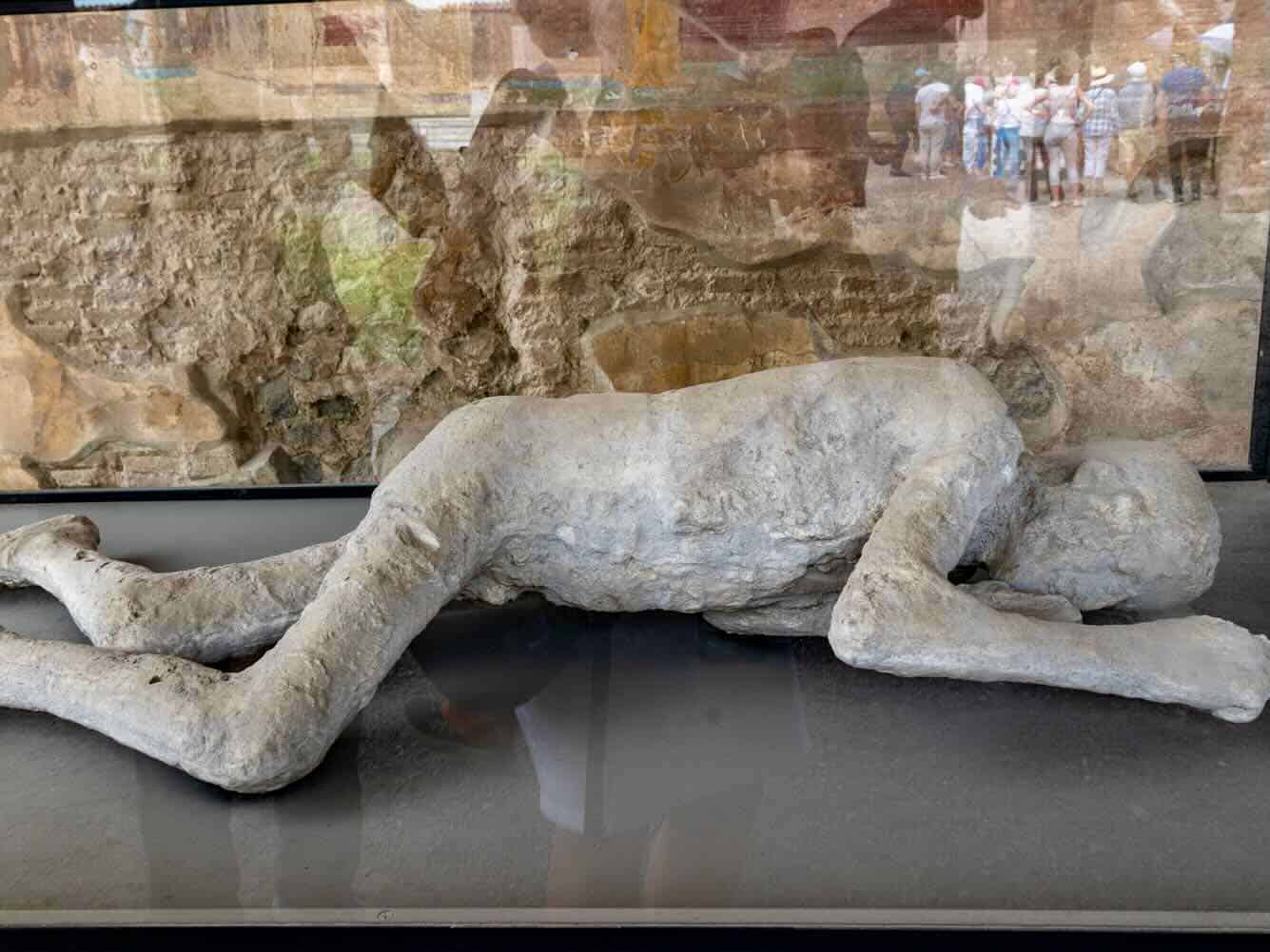
A few days before the eruption, the mountain began rumbling and shaking, but most residents ignored the signs. They didn’t understand that their mountain was a volcano.
But on August 24, an explosion equivalent to 500 atomic bombs erupted. The ash cloud rose to an estimated 20 miles, and pyroclastic flows—fast-moving currents of hot gas and volcanic matter—began to race down the slopes of the mountain.
The gas killed many, and then the volcanic pumice—rough-textured rocks and glass—started falling. About 6 feet of pumice covered Pompeii. After the pumice, the ash arrived, settling about 10 to 15 feet high, but none of the lava made it to Pompeii.
The ash fall became so thick that it obscured daylight and created suffocating conditions. Many residents were buried under the accumulating ash, and some buildings collapsed.
Residents who initially thought they were safe soon found themselves trapped in a deadly storm of volcanic material. Some sought refuge in their homes but became entombed.
The city of Herculaneum, closer to the volcano, experienced an even more violent burial, with its structures engulfed in a volcanic eruption of pyroclastic flows that vaporized people and carbonized wooden structures.
The people in Naples were safe because the wind was going in the other direction, blowing towards Pompeii.
Afterward, the cities remained largely uninhabitable. Over time, they were abandoned and forgotten, buried under layers of volcanic material.
Rediscovering Pompeii and Herculaneum
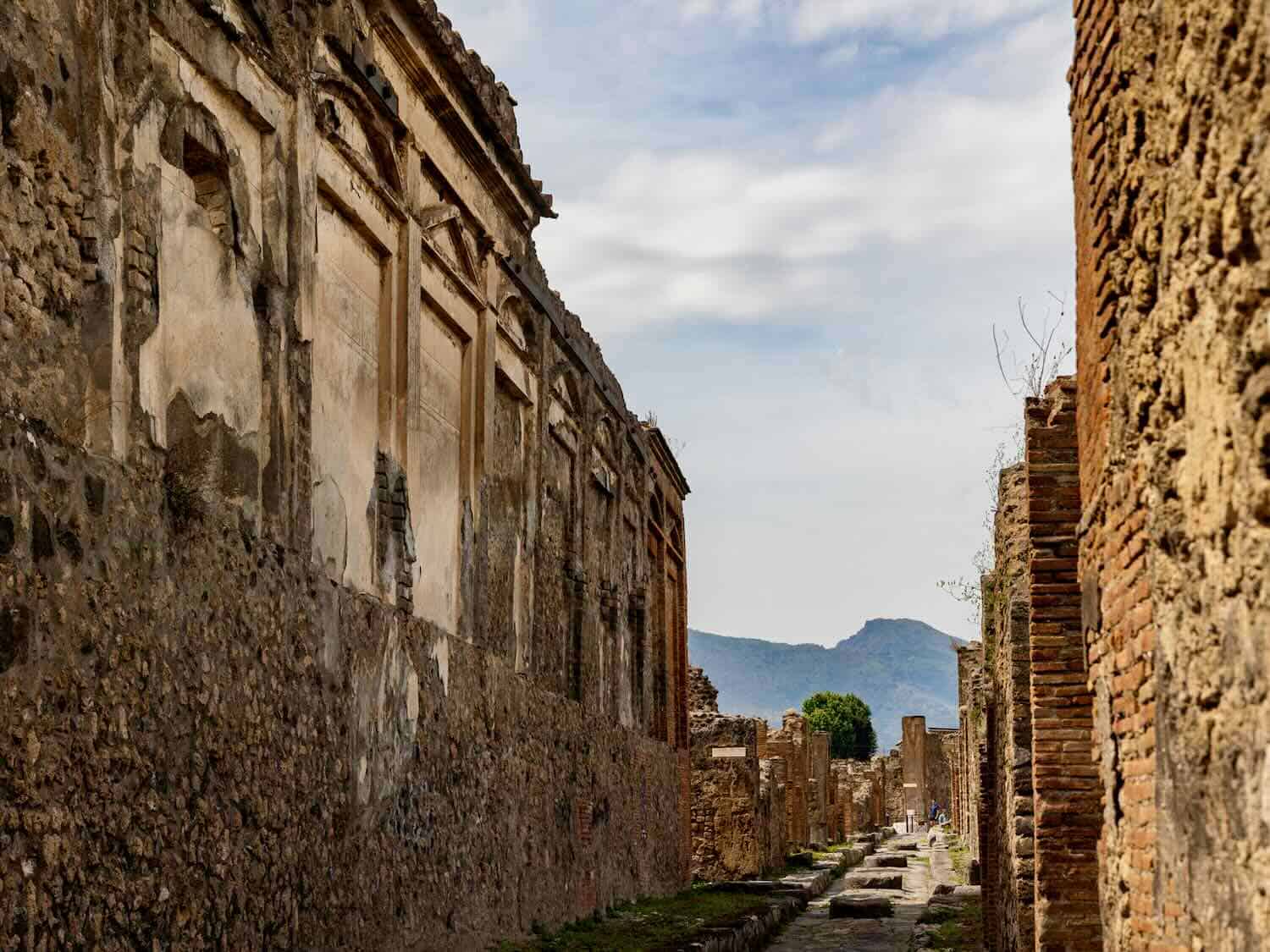
It wasn’t until the 18th century that the cities were rediscovered. Excavations in Pompeii began in 1748, while Herculaneum was unearthed later.
The remarkable preservation of buildings, artifacts, and even human remains offered an unprecedented glimpse into life during the Roman Empire. The frescoes that adorned walls, the intricate mosaics that decorated floors, and scattered everyday objects told the stories of those who lived there.
Even goods from as far away as India were discovered. This multicultural blend extended to the city’s cuisine. Today, if we could return to Rome in the first century, that city would have appeared much like the town of Pompeii before the destruction.
One of the most poignant aspects of the excavations was the discovery of some victims’ plaster casts. Archaeologists poured plaster into the voids left by decaying bodies, revealing the final moments of individuals caught in the eruption. These haunting figures serve as powerful reminders of the tragedy.
Pompeii’s secrets aren’t limited to its architecture and historical significance; researchers also found a more scandalous side. The ancient city had a thriving sex industry, and evidence of this is scattered throughout the ruins. Erotic art, brothels, and suggestive frescoes can be found in various locations. Phallic symbols were widespread in Pompeii and were believed to bring good luck and ward off evil.
Touring Pompeii: a Roman city covered by ash
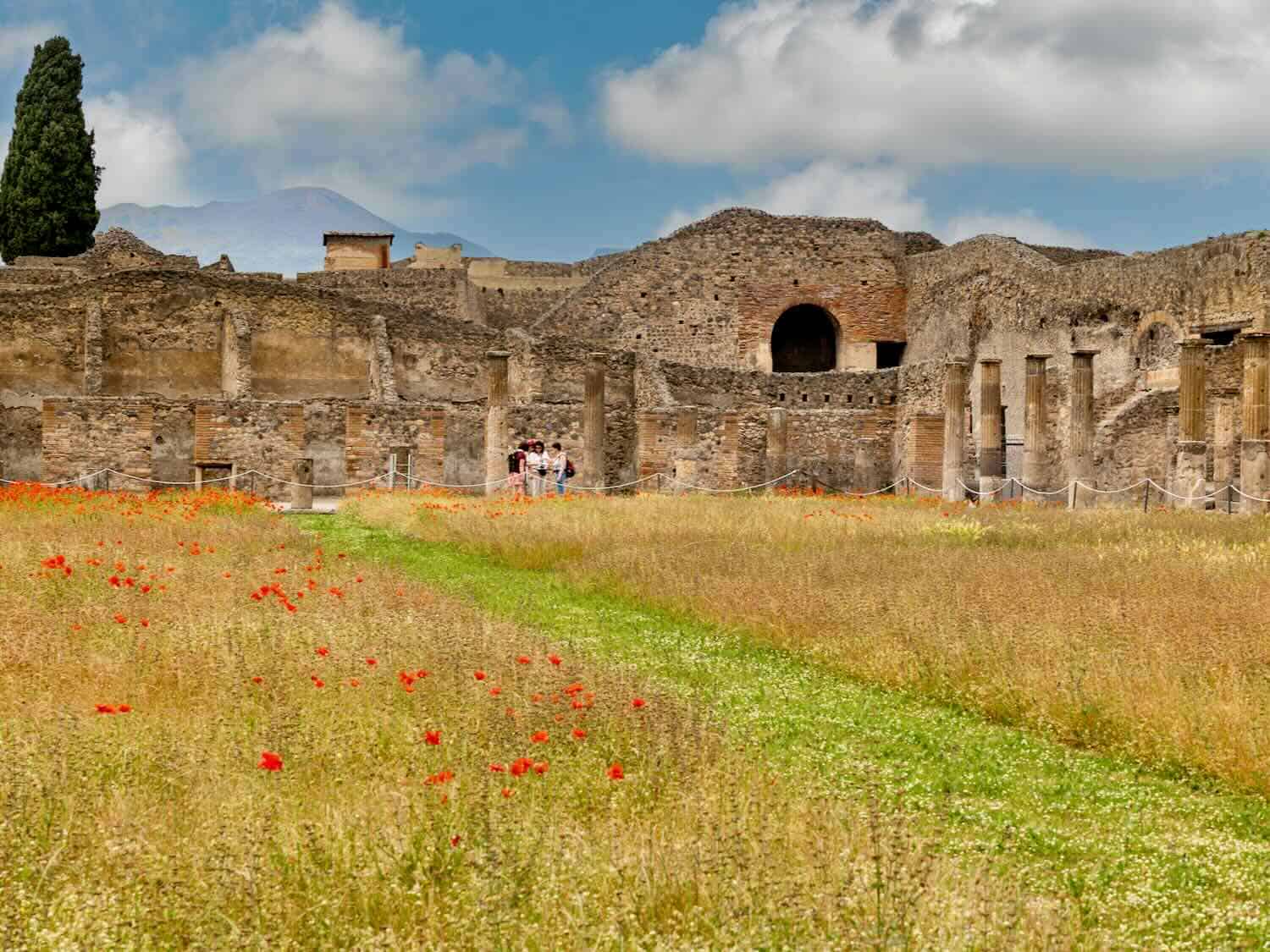
Pompeii, an UNESCO World Heritage site, attracts a global crowd and remains a popular tourist site decade after decade. With annual visitation of over 2.5 million, the attraction is busy.
Plan to arrive early and book tickets online ahead of time. I suggest a guided tour and many are readily available.
The archaeological sites of Pompeii are immense (170 acres), and no one can see it all in one day. Choose a tour that meets your physical and factual needs.
My short, two-hour tour began outside the ancient theater and progressed over numerous cobblestone and gravel streets. You’ll notice how the roads were intentionally designed lower than the sidewalks so people could avoid water runoff and sewage.
At various points stepping stones cross the roads for pedestrian traffic. White marble pebbles were embedded to help light the street at night.
My group stopped for our guide to discuss the various shops and what she called fast-food restaurants near the theater. They sold food from storefronts along the streets from large vases or containers.
The brothels with erotic art have become a must-see sight for tourists. The guide said we were lucky that we didn’t have to wait in a long line. I knew I would see the original artwork in the Archaeological Museum in Naples, but I was fascinated to peek where the original drawings and mosaics were hidden.
Next, we came to the baths, which were equally fascinating. The wealthy had private bathing facilities, but my group toured the public baths. They resembled a spa, with various changing areas and pools with different temperatures.
The public baths of Pompeii are some of the most well-preserved structures in the ancient city. Apparently, bathing was an essential part of daily life for Romans, and you’ll find several bath complexes.
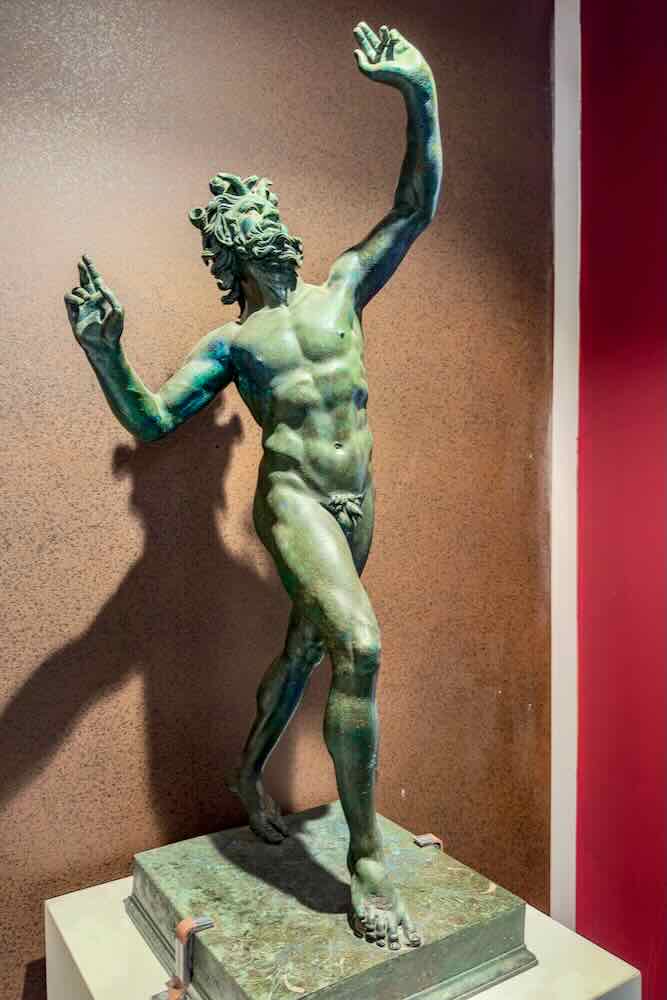
One of the most famous statues found in Pompeii, the bronze Dancing Faun statue, was discovered in what became the House of the Faun. It’s one of the largest and most luxurious residences in the city. The statue represents a faun, a mythical creature associated with nature and fertility. (I did not see this house.)
We moved on to the large open plaza, Forum Square, which acted as the main public area and housed a basilica, temples, statues, and other public buildings. The Forum was the heart of public life, where politics, religion, and markets took place.
The Basilica was a large rectangular building used as a courthouse and a place for business transactions, not a church. Though the roof and much of the walls are gone, the pillars and columns remain.
One corner of the Forum featured the Macellum, the marketplace where food, especially meat and fish, was sold. The layout of this space, with counters and market stalls, allows tourists to visualize ancient Roman commerce.
My tour group also visited the Granary, where many artifacts excavated from Pompeii are stored, including pottery, amphorae, and a few casts of human bodies preserved in the volcanic ash. The casts are sad and pretty creepy.
The colonnaded courtyard and altar remain at the Temple of Apollo, one of the oldest structures in Pompeii. At each end of the Forum, we saw the damaged remains of monumental arches dedicated to emperors such as Augustus and Caligula.
Only the pedestals remain from many statues of gods, emperors, and local figures that once stood watch over the plaza. One is reconstructed.
As we were nearing the end of our tour, I noticed a giant bronze statue of ‘Daedalus’, a craftsman from Greek mythology – the father of Icarus and creator of King Minos’ Labyrinth in Crete. He stands looking over the hill and down toward the entrance and exit facilities. It was created by the Polish artist Igor Mitorai and gifted to Italy.
I visited in late May and the sunshine made the entire area hot. Shade is difficult to find. Part of me wishes I had seen more, but I was sweaty and tired.
Be sure to bring a sun hat, and carry water. Comfortable shoes are essential.
Visiting Herculaneum: an ancient world preserved by a pyroclastic flow
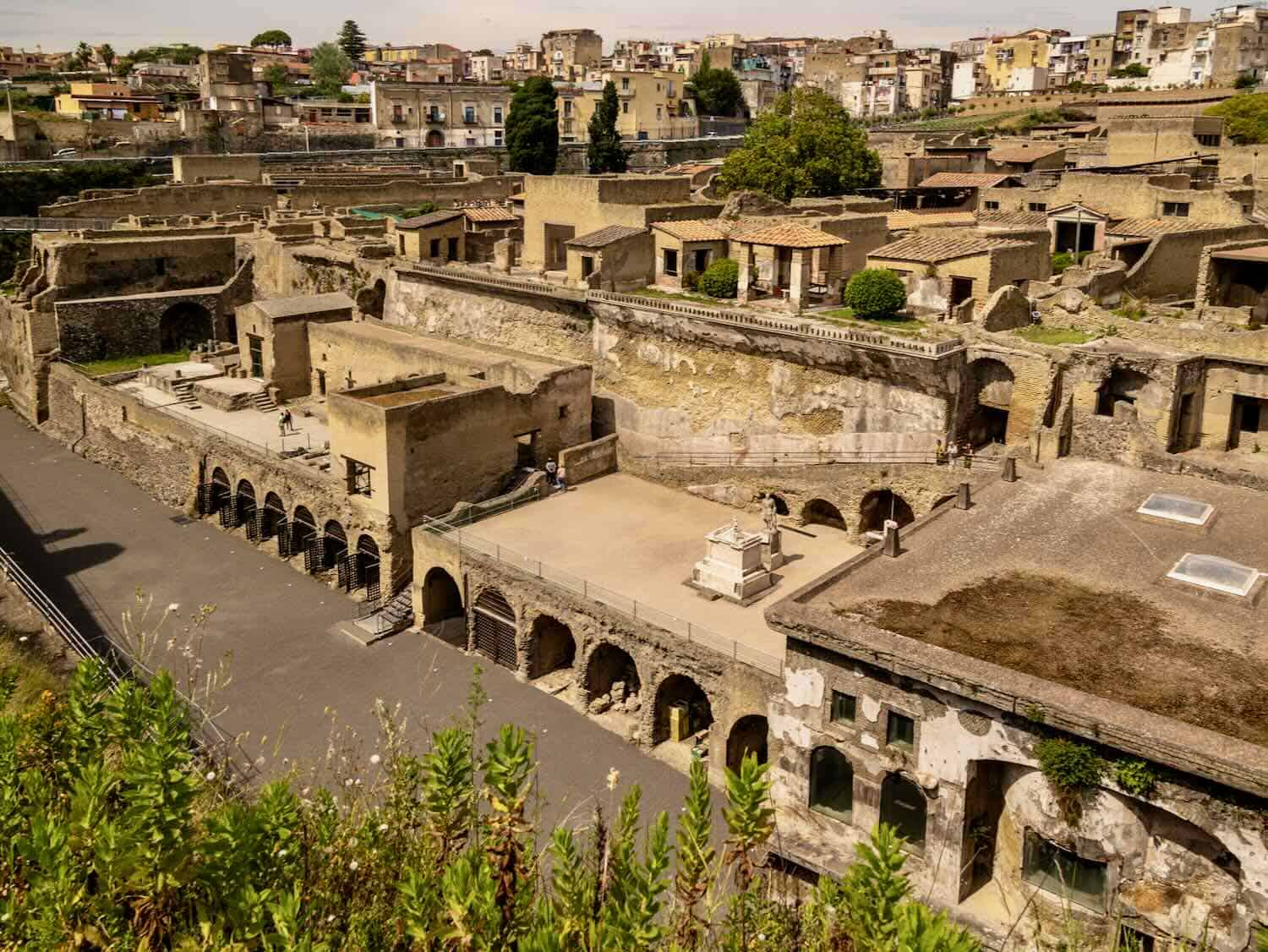
On another day, I visited the remains of the seaside city of Herculaneum. The grounds are much smaller, so a half day visit will likely fulfill your needs.
Unlike Pompeii, Herculaneum was buried under a deeper layer of volcanic material, which helped preserve many of its artifacts in exceptional condition. The treasures from Herculaneum offer even richer insights into Roman art, daily life, and culture.
When you arrive, you look down on the unearthed city. The depth of the wall provides an excellent way to see how deep everything was buried.
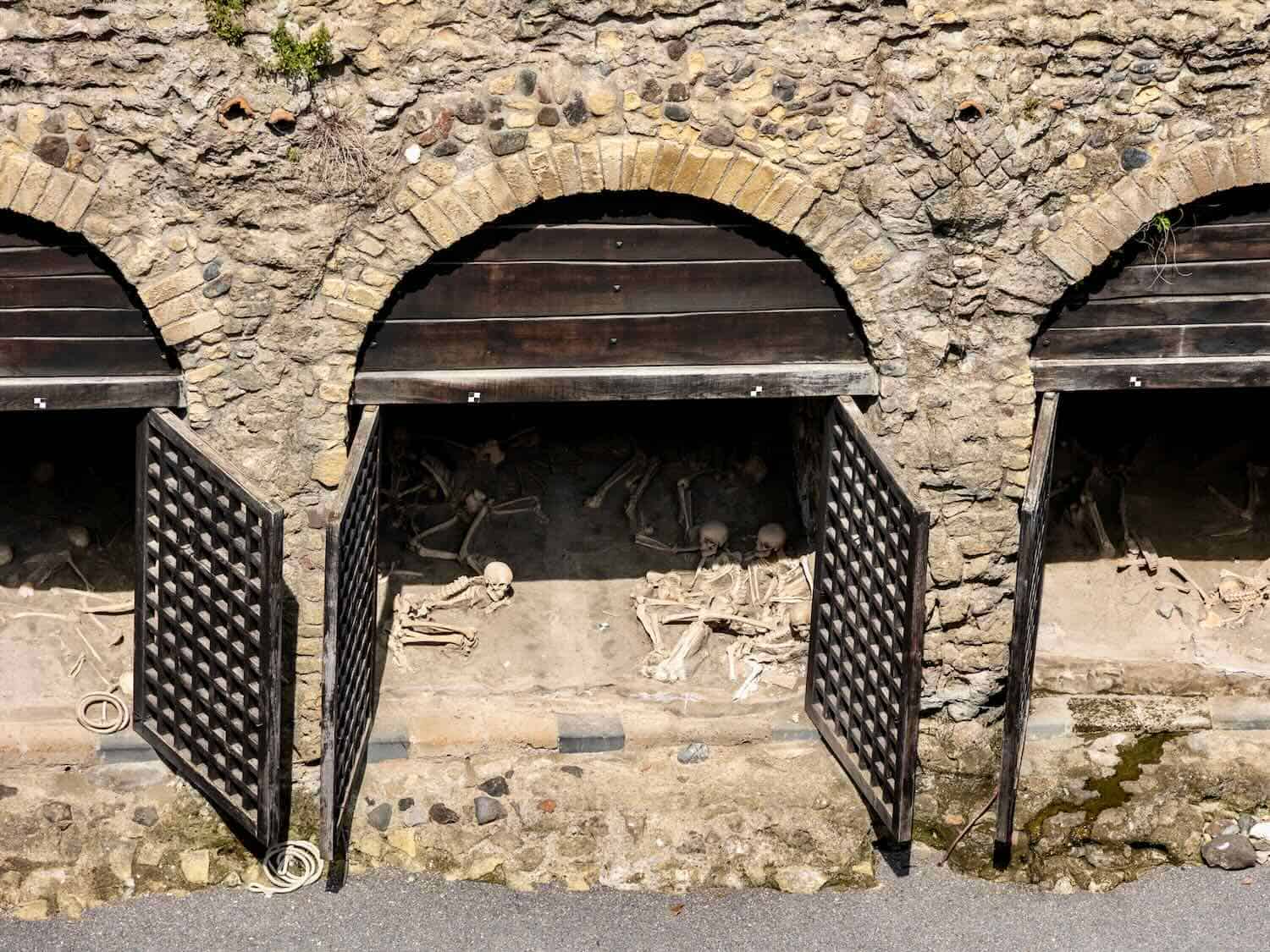
What appears as the front or closest area was formerly the coastline. Here remain the ruins of frontal-arched buildings that were used for holding boats and marine tools and materials. I could see a number of skeletons, residents who perished near the boat houses when they were hoping to flee.
Herculaneum is famous for its remarkably well-preserved bronze statues. These bronze sculptures showcase the high level of craftsmanship and are kept in Naples at the Archeological Museum.
Many of the frescoes from Herculaneum are also considered masterpieces of Roman art and offer a glimpse into the styles and themes that decorated Roman homes.
The Villa of the Papyri is a grand villa that belonged to a wealthy Roman, possibly Julius Caesar’s father-in-law. The villa contained an extraordinary collection of Greek and Latin scrolls, suggesting that someone with intellectual interests owned it. The identity of the villa’s owner is still debated, but it remains one of the most famous discoveries from Herculaneum.
Herculaneum’s rapid burial by volcanic mud preserved many delicate household items that would have decayed in Pompeii. These include furniture, wooden objects, and other items that reveal everyday life in Roman homes.
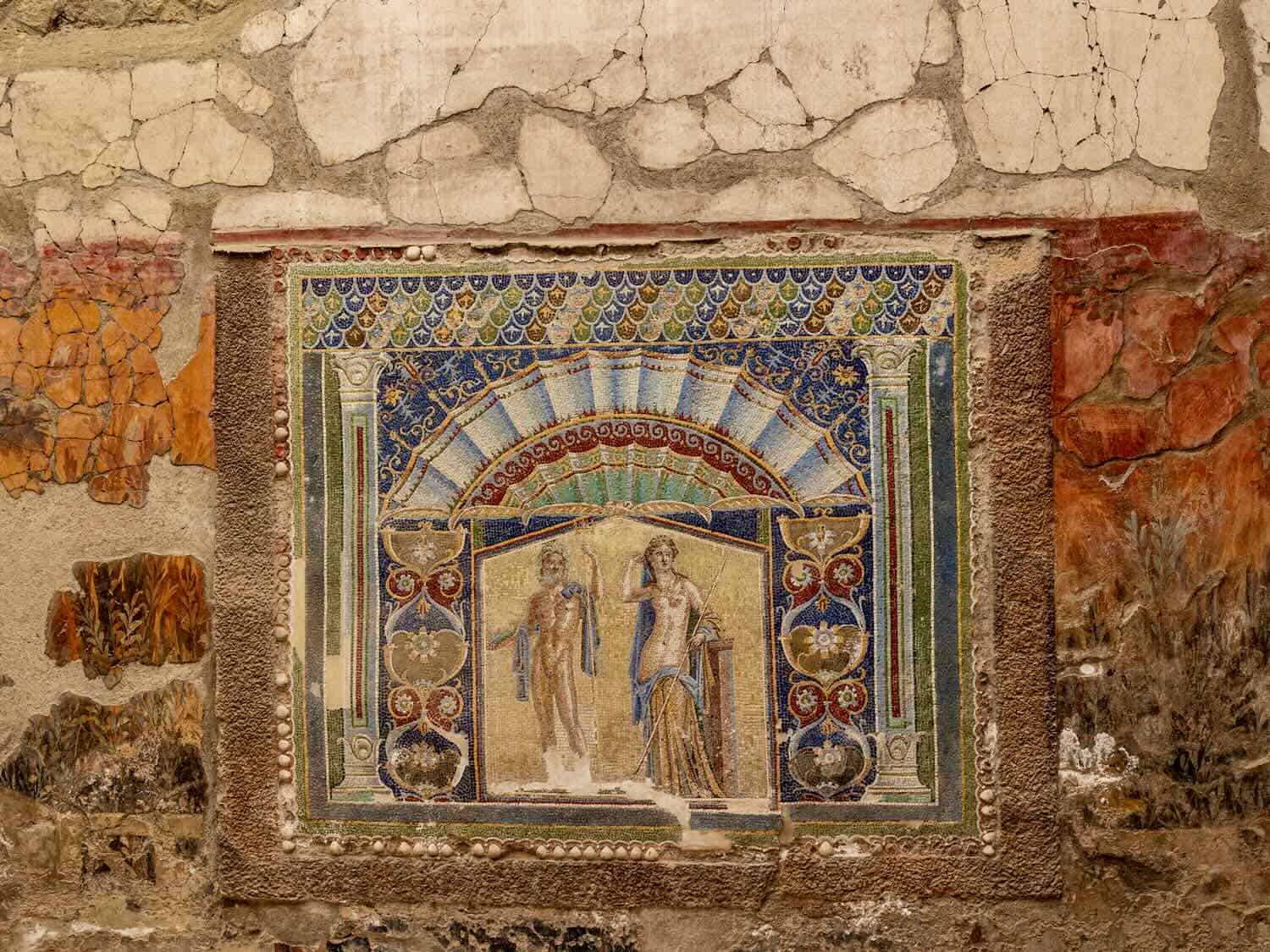
Some of the homes we visited had beautiful mosaics on the walls. One house had multiple stories and wooden moldings which were beautifully carved. I saw plenty of fountains and could easily grasp the town’s neighborhood atmosphere.
My tour also included the Antiquarium of Herculaneum, a small museum that provides a wonderful look at the lives of Herculaneum’s inhabitants. The museum focuses on artifacts associated with daily life and contains well-preserved tools and utensils, including kitchen implements, lamps, and decorative objects.
The wealth of Herculaneum’s inhabitants becomes evident in the beautiful jewelry and luxury items found in the ruins. Exquisite gold necklaces, bracelets, rings, and earrings were found, often decorated with precious stones like amethyst, emerald, and garnet.
Many homes in Herculaneum had small household shrines, or lararia, decorated with tiny statues and offering dishes, many of which are on display in the museum.
One of Herculaneum’s unique aspects is the preservation of organic matter, including food. Several carbonized loaves of bread, grains, and fruits were found in the kitchens and bakeries. The museum now displays these items, providing a rare glimpse into the diet of the city’s inhabitants.
In recent years, the museum introduced multimedia exhibits and interactive displays to help visitors understand the history and archaeology. These include digital reconstructions of the city, allowing visitors to visualize what Herculaneum looked like before the eruption and how its citizens lived. Unfortunately, I did not have time to look at these.
The preservation of Pompeii and Herculaneum offers a fascinating and invaluable glimpse into Roman life. You visit a wholly preserved ancient city, with buildings, artifacts, and human bodies found in the wreckage. I’d encourage a tour at both sites as they are different and both very worthwhile.
Don’t miss the National Archaeological Museum of Naples
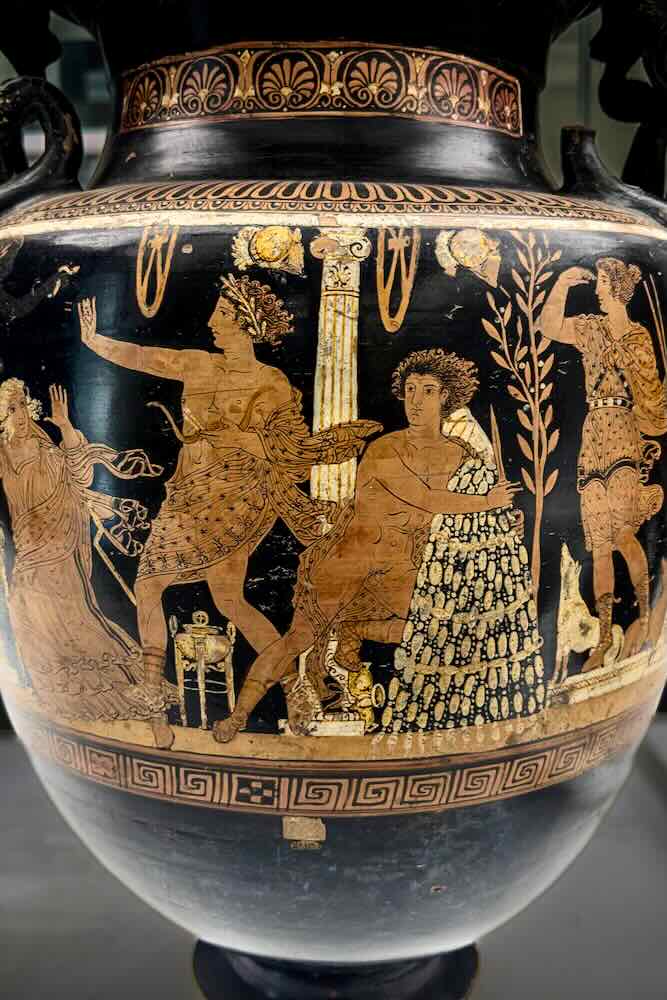
To complete the story, on yet another day, I toured the National Archaeological Museum of Naples (Museo Archeologico Nazionale di Napoli), allowing an entire morning and early afternoon for the visit. If my feet weren’t so tired, I could have stayed longer.
This world-class museum houses not only the artifacts from Pompeii and Herculaneum but many more priceless treasures. Do not miss it, as it brings those two cities back to life.
Plan a side visit to a Mount Vesuvius Vineyard and Winery
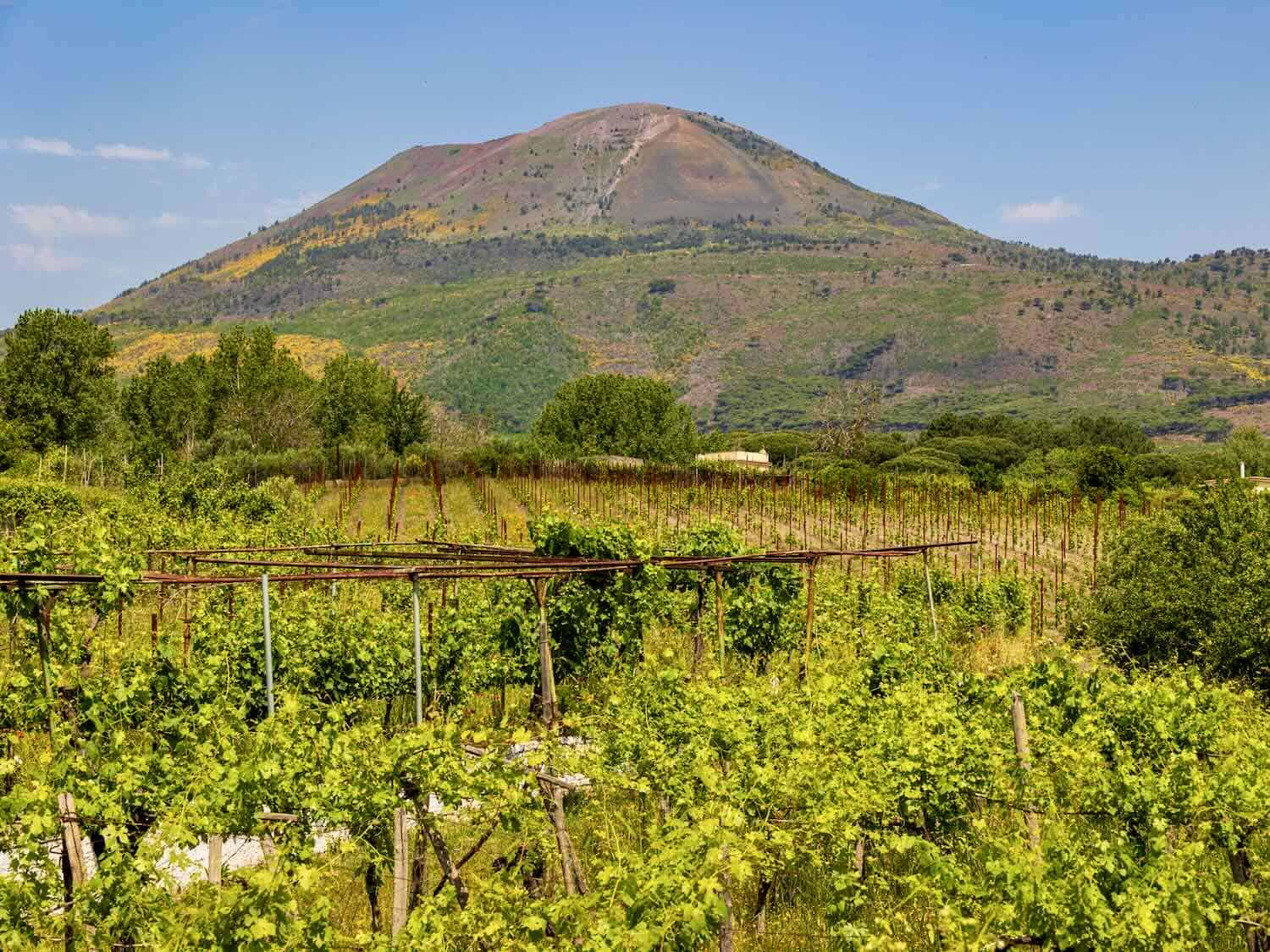
On the slopes of Mount Vesuvius, in the heart of Vesuvius National Park, I found the vineyards of Tenuta Sorrentino. This is a 300-year-old, fifth-generation family business. They offer a unique experience for wine enthusiasts, surrounded by the beauty and magic of the volcanic land.
My visit began with the guide taking us around the flourishing grape vines, explaining the harvest and creative process needed to produce the famous Lacryma Christi Wine.
Expert sommeliers lead the tastings at Tenuta Sorrentino, which are a lovely sensory experience. I savored a selection of award-winning wines while Mount Vesuvius watched over me, and I enjoyed delightful local snacks.
My group then moved inside for a gourmet lunch featuring pasta, naturally paired with more wine! The quality of the experience far surpassed what I was expecting. This winery is not a tacky tourist attraction but the real thing. I seriously enjoyed it and recommend the place.
Getting to Pompeii and Herculaneum
Pompeii: Easily accessible via the Circumvesuviana train from Naples or Sorrento. The train station is located near the main entrance.
Herculaneum: Take the same train but get off at Ercolano Scavi. It’s a short walk to the entrance of the site.

